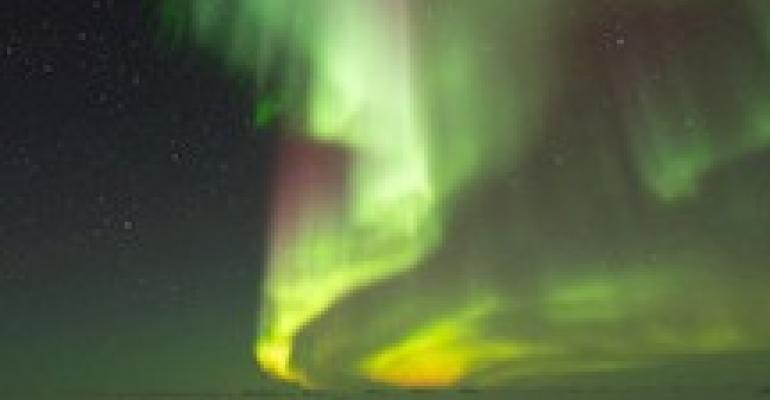The smart network solutions company's report examines vessel demand in the context of the post-pandemic bounceback and includes data and insights from industry experts on how the market will evolve in the medium term.
A post-COVID bounceback in cruise passengers is predicted in Arctic cruising, with forecast data for Norwegian domestic cruise traffic in 2022 predicting an increase compared to actual numbers in 2019. International cruise operators may start sending more conventional ships to the region as they seek to expand sailing schedules and fill passenger berths, notes Marlink.
The trend towards more leisure traffic will see additional growth in bandwidth demand, with large cruise ships consuming more Ka-, Ku- and C-band satellite capacity with some also adopting non-geostationary (NGSO) services once they become available.
NGSO services likely to be favoured by expedition cruise
Expedition cruise operators with itineraries above 80 degrees latitude north will likely pursue a strategy focussed on NGSO services with L-band back-up, the report finds.
The increase in demand will spur steady growth in Ku- and Ka-band satellite bandwidth demand between 65 and 80 degrees latitude where large conventional cruise ships are likely to operate and a potential boom in NGSO bandwidth at more extreme latitudes between 80 and 90 degrees.
This new generation of satellite constellations will provide high throughput bandwidth to expedition and specialist vessels for the first time.
Available polar connectivity
The report includes an overview of the polar/ice class fleet and its growth prospects, sample AIS data on vessel traffic in polar regions, cruise port calls to Norway inside the Arctic Circle, a summary of the available polar connectivity options and a comparison of the comprehensive ‘network of networks’ delivered by Marlink.
'The scale of the polar connectivity challenge is considerable but so is the opportunity and we think that the situation could change quickly from scarce bandwidth to fresh capacity that will support safer operations and higher frequency of reporting,' said president, maritime, Marlink, Tore Morten Olsen.
'A single connectivity system is never going to be a complete solution for our customers’ requirements; all available networks are required to optimise opportunities and meet these fast-changing needs,' he added.
Copyright © 2024. All rights reserved. Seatrade, a trading name of Informa Markets (UK) Limited.
Add Seatrade Cruise News to your Google News feed.  |

